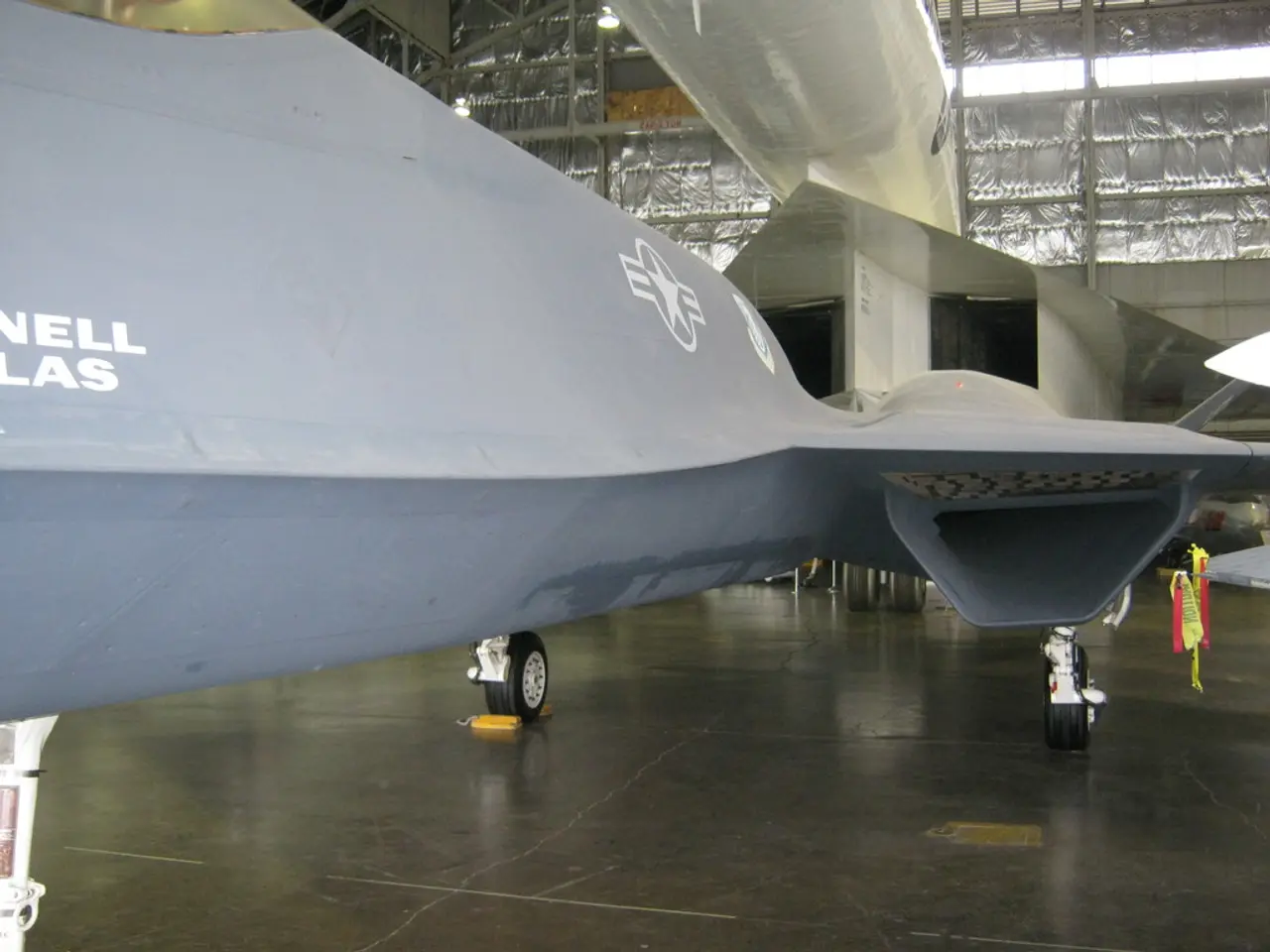Airline and Airport Designation Methodology: Examining the Process Behind IATA Codes
The International Air Transport Association (IATA) is a global institution that plays a crucial role in the regulation and facilitation of airline and airport operations worldwide. This non-governmental organization, with over 300 member airlines, is dedicated to the advancement of the air transport industry.
One of IATA's key functions is the regulation and control of authorization processes for passenger and cargo transportation. This includes the management of dangerous goods transportation authorization, safety and risk management guidance, standardization and operational compliance, and interfacing with national authorities.
Dangerous goods transportation authorization is a critical aspect of IATA's work. The association publishes the annual Dangerous Goods Regulations (DGR), which outline packaging, labeling, documentation, and training requirements for air transport of hazardous materials. These regulations serve as global industry standards that airlines and operators must follow to obtain permits for carrying dangerous goods safely.
Safety and risk management guidance is another essential area where IATA supports its member airlines. IATA helps implement robust Safety Management Systems (SMS) with risk-based approaches that exceed mere regulatory compliance. Tools like the Bowtie Suite aid airlines in identifying hazards, clarifying control responsibilities, and fostering a proactive safety culture that strengthens operational risk management and aligns with national and international regulatory frameworks.
Standardization and operational compliance are also significant areas of focus for IATA. The association issues guidelines and frameworks that harmonize operations across airlines globally, coordinating on materials usage (e.g., parts manufacturer approval initiatives) and environmental oversight. This enables airlines to streamline authorization and compliance processes related to maintenance, passenger transport, cargo handling, and sustainability reporting.
IATA also works closely with national authorities to help airlines navigate complex rules and requirements in various jurisdictions, thus facilitating smoother authorization processes for international air transport.
In essence, IATA's core functions in regulating and controlling authorization encompass establishing industry-wide safety and operational standards, providing regulatory compliance tools and guidance, and facilitating coordination among airlines and national aviation authorities to ensure authorized, safe, and efficient air transport of passengers and cargo worldwide.
In addition to its regulatory role, IATA also manages the airport code system, assigning codes to airlines, and plays a significant impact on the global air transport industry through its regulatory and standard-setting functions.
Technology plays a crucial role in IATA's work, as it helps in publishing the annual Dangerous Goods Regulations (DGR) electronically and provides digital tools like the Bowtie Suite for safety management. IATA also issues guidelines and frameworks that standardize operations globally, often incorporating modern technologies for Streamlined Compliance Checks (SCC) to improve efficiency in authorization and compliance processes.



